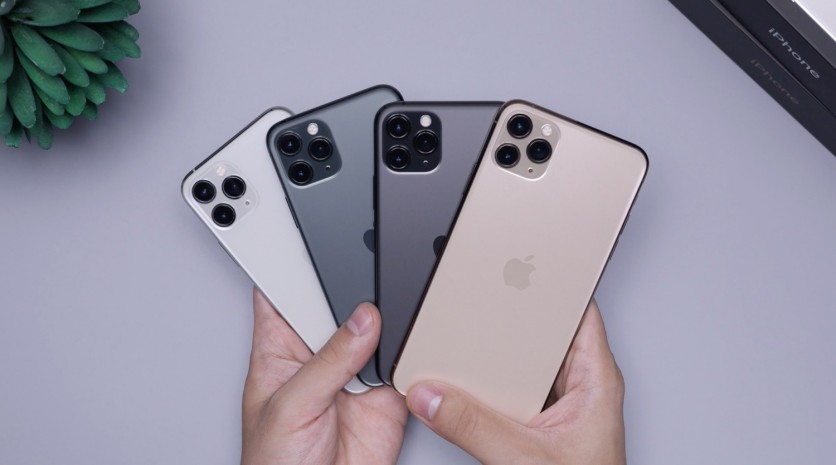In a bold move against cybercrime, Apple introduces an innovative Stolen Device Protection feature in the latest iOS 17.3 update.
Since online lurkers are everywhere, there's no guarantee that iPhone users are safe behind the screen. Protecting your device against potential hack attacks and smartphone theft is still advisable.
Revolutionary Defense: Stolen Device Protection in Action

Addressing concerns of phone theft, Apple's Stolen Device Protection takes center stage in the war on cybercrime.
According to the New York Post, the cutting-edge security feature, part of the iOS 17.3 developer beta released on Tuesday, Dec. 12, acts as an impenetrable barrier for thieves attempting unauthorized access to stolen smartphones.
Related Article: iPhone 15 Still Vulnerable to Theft: Thieves Can Still Use Apple ID Reset Feature to Steal Device
Biometric Access Mandate: Face and Fingerprint Security
The Cupertino tech giant assured that there's a new standard in device security in place of the Stolen Device Protection feature.
This functionality mandates users to employ biometric access codes like facial recognition or fingerprints when executing crucial actions such as changing the Apple ID password or disabling Face ID.
Enhanced Security Protocols: Location-Based Activation
The Stolen Device Protection feature activates when a user's Device is detected in an unfamiliar location, triggering a stringent security protocol. Users must comply with biometric verification to proceed, adding an extra layer of defense against unauthorized access.
Anti-Smash and Grab Measures
To thwart "smash and grab" attempts, users are required to re-enter their data an hour later to confirm any changes made. This ingenious measure renders passcode hack attempts futile, ensuring an added safeguard against swift unauthorized operations.
"iPhone data encryption has long led the industry, and a thief can't access data on a stolen iPhone without knowing the user's passcode. In the rare cases where a thief can observe the user entering the passcode and then steal the Device, Stolen Device Protection adds a sophisticated new layer of protection," an Apple spokesperson said via CBS News.
Beta Testing Exclusivity and Future Accessibility
Currently available to beta testers, Stolen Device Protection is slated to be accessible to all users upon the official release of iOS 17.3. This move aligns with Apple's ongoing commitment to evolving security measures in response to the ever-changing landscape of threats to user devices.
Apple's Proactive Security Approach
The introduction of Stolen Device Protection is part of Apple's proactive campaign to safeguard smartphone users amidst evolving threats.
As the company continues to stay ahead of cybercriminal tactics, users can anticipate robust security features and constant updates to ensure their devices' integrity.
Concerns With NameDrop Feature
Following the recent release of the NameDrop feature, which raised privacy concerns, Apple remains dedicated to addressing user apprehensions. While innovations like NameDrop streamline information exchange, the company maintains its commitment to user privacy, which is evident in the proactive measures taken with Stolen Device Protection.
In our previous report, NameDrop appears to be an area of concern among parents since it can invade the privacy of young users. If the wrong hands use it, there's a chance that it might put the lives of children in danger.
To disable NameDrop, the police gave a series of steps you can do. This will help improve the safety of your kids who are using iPhones and other Apple devices.
Read Also: Revolutionizing EU Integration: Albania Partners With ChatGPT Maker OpenAI to Speed AI Initiative

ⓒ 2025 TECHTIMES.com All rights reserved. Do not reproduce without permission.




